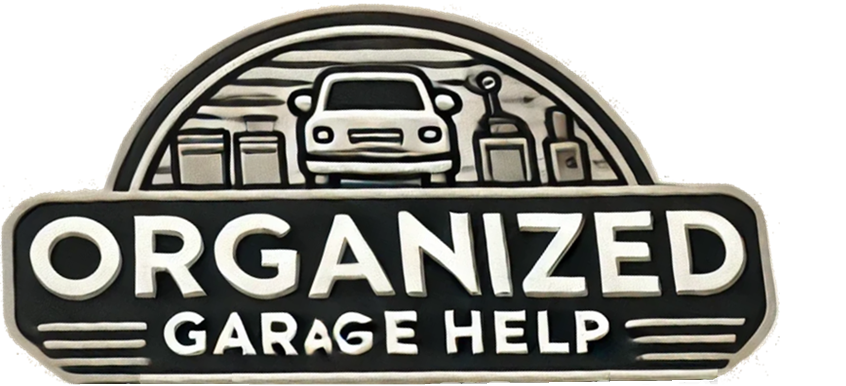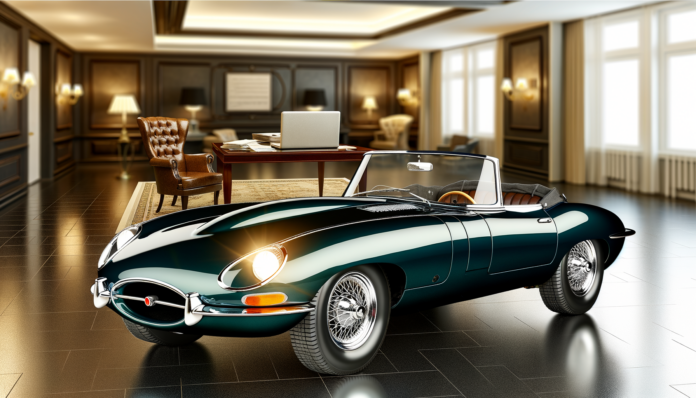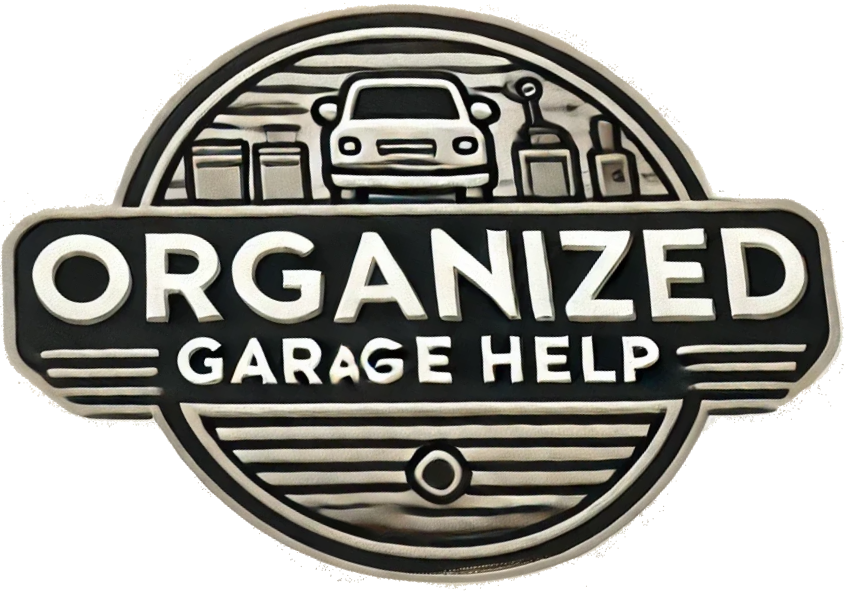Introduction to Classic Car Investment
Understanding the Appeal of Classic Cars
Classic cars hold a timeless allure that captivates enthusiasts and collectors alike. These vehicles are not just modes of transportation; they are pieces of history, embodying the design, engineering, and cultural values of their era. The appeal of classic cars often lies in their unique aesthetics, the craftsmanship of a bygone era, and the nostalgia they evoke. For many, owning a classic car is akin to owning a piece of art, where each curve and detail tells a story. The tactile experience of driving a classic car, with its distinct sounds and mechanical feedback, offers a connection to the past that modern vehicles simply cannot replicate.
The Intersection of Passion and Investment
Investing in classic cars is a pursuit that beautifully marries passion with financial acumen. For enthusiasts, the decision to invest in a classic car is often driven by a deep-seated love for automotive history and design. However, beyond the emotional connection, there is a strategic aspect to consider. Classic cars can appreciate in value over time, making them a potentially profitable investment. This intersection of passion and investment requires a careful balance; while the heart may yearn for a particular model, the mind must evaluate its potential for appreciation and the costs associated with ownership.
Why Classic Cars are Considered a Lucrative Investment
Classic cars have gained a reputation as a lucrative investment for several reasons. Firstly, they are tangible assets that can appreciate significantly over time, especially rare models with historical significance or limited production runs. Unlike stocks or bonds, classic cars offer the dual benefit of enjoyment and potential financial return. The market for classic cars has shown resilience, with certain models consistently increasing in value due to their rarity, desirability, and the growing interest in automotive heritage. Additionally, classic cars can serve as a hedge against inflation, as their value is often less volatile compared to traditional financial markets.
In conclusion, the world of classic car investment is one where passion meets financial savvy. Understanding the appeal of these vehicles, recognizing the balance between emotional and financial considerations, and appreciating their potential as lucrative investments are crucial steps for any aspiring collector. Whether driven by nostalgia or the promise of financial gain, classic car investment offers a unique and rewarding journey.
Evaluating the Financial Aspects
Investing in classic cars is not just about passion; it requires a keen understanding of the financial landscape. This section delves into the critical financial aspects that potential investors must consider, including market trends, ownership costs, and insurance considerations.
Market Trends and Valuation
The classic car market is dynamic, with values influenced by factors such as rarity, historical significance, and cultural trends. Market trends can fluctuate based on economic conditions, collector interest, and even pop culture influences. For instance, cars featured in popular films or owned by celebrities often see a spike in value. It’s essential for investors to stay informed about these trends through industry publications, auctions, and online platforms dedicated to classic cars.
Valuation is another crucial aspect. Unlike modern vehicles, classic cars can appreciate over time. However, this appreciation is not guaranteed and can vary significantly between models. Tools like the Hagerty Price Guide or auction results can provide insights into current valuations. Investors should also consider the car’s provenance, originality, and condition, as these factors heavily influence its market value.
Cost of Ownership and Maintenance
Owning a classic car involves more than just the initial purchase price. Maintenance costs can be substantial, as older vehicles often require specialized parts and expertise. Regular upkeep is necessary to preserve the car’s condition and value, which can include everything from routine oil changes to more extensive engine work.
Additionally, storage is a significant consideration. Classic cars need to be stored in a controlled environment to prevent deterioration. This might mean investing in a climate-controlled garage or paying for professional storage services. Potential owners should budget for these ongoing expenses to avoid financial strain.
Insurance Considerations
Insurance for classic cars differs from standard auto insurance. Classic car insurance typically offers agreed value coverage, which means the insurer and owner agree on the car’s value upfront. This is crucial for ensuring that the car is adequately covered in the event of a loss.
However, obtaining this type of insurance often comes with specific requirements. Insurers may impose mileage limits, require the car to be stored in a secure location, or mandate that the owner has another vehicle for daily use. It’s important for investors to understand these stipulations and choose a policy that aligns with their usage and storage plans.
In summary, while the allure of classic cars is undeniable, potential investors must approach the market with a clear understanding of the financial implications. By staying informed about market trends, budgeting for maintenance and storage, and securing appropriate insurance, investors can enjoy the rewards of classic car ownership while safeguarding their financial interests.
Balancing Passion with Financial Savvy
Investing in classic cars is a unique blend of passion and financial acumen. While the allure of owning a piece of automotive history is undeniable, it’s crucial to approach this venture with a strategic mindset. Here’s how you can balance your enthusiasm with financial prudence.
Setting a Budget and Sticking to It
The first step in any investment is establishing a clear budget. Determine how much you are willing to spend not only on the purchase but also on ongoing maintenance, insurance, and potential restoration. It’s easy to get carried away by the excitement of acquiring a classic car, but overspending can lead to financial strain. Create a detailed budget that includes all potential costs and stick to it. This discipline will help you enjoy your investment without financial regret.
Researching and Selecting the Right Model
Choosing the right classic car requires thorough research. Consider factors such as rarity, historical significance, and market demand. Some models appreciate more than others, so understanding market trends is essential. Look for cars with a strong following and a history of value appreciation. Additionally, consider your personal preferences and how they align with market potential. A well-researched purchase not only satisfies your passion but also enhances your investment portfolio.
Understanding Restoration vs. Preservation
When it comes to classic cars, deciding between restoration and preservation is a critical choice. Restoration involves returning a car to its original condition, which can be costly and time-consuming. However, a well-restored car can significantly increase in value. On the other hand, preservation focuses on maintaining the car’s current state, emphasizing originality and patina. This approach can also be valuable, especially for rare models where originality is prized. Evaluate the car’s condition, your budget, and your long-term goals to decide which path aligns best with your investment strategy.
Balancing passion with financial savvy in classic car investment requires careful planning and informed decision-making. By setting a budget, researching thoroughly, and understanding the nuances of restoration versus preservation, you can enjoy the thrill of classic car ownership while making sound financial choices.
Garage Organization for Classic Car Enthusiasts
For classic car enthusiasts, the garage is more than just a storage space; it’s a sanctuary where passion meets practicality. Organizing this space effectively can enhance both the enjoyment and the value of your classic car investment.
Creating a Functional and Aesthetic Space
A well-organized garage should be both functional and visually appealing. Start by assessing the available space and planning a layout that accommodates your car while allowing for easy movement and access to tools. Consider installing durable flooring that can withstand oil spills and heavy equipment, such as epoxy-coated concrete or interlocking tiles.
Lighting is crucial; ensure your garage is well-lit with a combination of overhead lights and task lighting to illuminate work areas. Adding personal touches, like vintage car posters or memorabilia, can transform the garage into a space that reflects your passion for classic cars.
Essential Tools and Equipment for Maintenance
Maintaining a classic car requires a specific set of tools and equipment. At a minimum, your garage should be equipped with:
- A quality tool chest: Organize your tools efficiently to ensure they are easily accessible.
- Hydraulic jack and jack stands: Essential for safely lifting your vehicle for undercarriage work.
- Torque wrench: Crucial for applying the correct amount of force to bolts and nuts.
- Battery charger and tester: To keep your car’s electrical system in top condition.
- Oil drain pan and funnel: For clean and efficient oil changes.
Investing in these tools not only facilitates regular maintenance but also helps in preserving the car’s value.
Storage Solutions for Parts and Accessories
Proper storage solutions are vital for keeping parts and accessories organized and in good condition. Utilize shelving units to store larger items and bins for smaller parts. Label each bin clearly to make finding parts easier.
Consider installing pegboards on the walls to hang frequently used tools and accessories, keeping them within arm’s reach. For tires and larger components, use wall-mounted racks to free up floor space.
By implementing these storage solutions, you can maintain an organized garage that supports both the preservation and enjoyment of your classic car. This thoughtful organization not only enhances the functionality of your space but also contributes to the overall satisfaction of owning a classic car.
DIY Projects for Classic Car Owners
Owning a classic car is not just about the thrill of driving a piece of history; it’s also about the joy of maintaining and enhancing it. Engaging in DIY projects can be both rewarding and cost-effective, allowing you to connect more deeply with your vehicle. Here, we explore some essential DIY projects that every classic car owner can undertake.
Basic Maintenance Tasks You Can Do Yourself
Performing basic maintenance tasks on your classic car is a great way to ensure its longevity and performance. Regular oil changes are crucial, as they keep the engine running smoothly and prevent wear. You can also replace air filters to improve engine efficiency and fuel economy. Checking and maintaining the brake system is another vital task; this includes inspecting brake pads and fluid levels.
Additionally, keeping an eye on the cooling system by checking coolant levels and inspecting hoses for leaks can prevent overheating. Don’t forget to regularly check the tire pressure and tread, as these are essential for safe driving and optimal fuel efficiency. By mastering these basic tasks, you not only save money but also gain a deeper understanding of your car’s mechanics.
Upgrading Your Garage for Classic Car Care
A well-organized garage is essential for any classic car enthusiast. Start by creating a functional workspace with ample lighting and a sturdy workbench. Investing in a hydraulic lift can make undercarriage inspections and repairs much easier. Ensure you have a comprehensive set of tools, including wrenches, screwdrivers, and a torque wrench, to handle various tasks.
Consider installing shelving units to keep your tools and parts organized. A clean and clutter-free environment not only makes working on your car more enjoyable but also helps prevent accidents. Additionally, having a dedicated space for your classic car ensures it is protected from the elements, preserving its condition and value.
Incorporating Technology in Your Garage Setup
Modern technology can significantly enhance your garage setup, making maintenance tasks more efficient. Start by installing a smart lighting system that provides optimal visibility and can be controlled remotely. A digital tire pressure gauge offers precise readings, ensuring your tires are always at the correct pressure.
For those who enjoy documenting their restoration projects, setting up a camera system can help capture every step of the process. This not only serves as a personal record but can also be shared with fellow enthusiasts online. Additionally, consider using diagnostic tools that connect to your smartphone, providing real-time data on your car’s performance and alerting you to potential issues before they become serious problems.
By embracing these DIY projects, classic car owners can enhance their vehicles’ performance and longevity while enjoying the satisfaction of hands-on work. Whether you’re performing basic maintenance, upgrading your garage, or incorporating technology, these projects offer a perfect blend of passion and practicality.
Showcasing Your Classic Car
Owning a classic car is not just about the thrill of the drive; it’s also about sharing your passion with others who appreciate the beauty and history of these timeless machines. Showcasing your classic car can be a rewarding experience, offering opportunities to connect with fellow enthusiasts and gain recognition for your prized possession. Here’s how you can make the most of your classic car ownership by participating in car shows, networking, and leveraging social media.
Participating in Car Shows and Events
Car shows and events are the perfect venues to display your classic car and immerse yourself in the vibrant community of car enthusiasts. These gatherings range from local meet-ups to prestigious international exhibitions, each offering a unique platform to showcase your vehicle. Participating in these events not only allows you to exhibit your car’s unique features and restoration efforts but also provides a chance to learn from others and gain inspiration for future projects.
When preparing for a car show, ensure your vehicle is in pristine condition. This includes a thorough cleaning, polishing, and any necessary touch-ups to highlight its best features. Additionally, consider preparing a brief history or story of your car to share with attendees, as this personal touch can enhance the connection with your audience.
Networking with Other Enthusiasts
Networking is a crucial aspect of the classic car community. Building relationships with other enthusiasts can lead to valuable exchanges of knowledge, resources, and support. Whether you’re seeking advice on restoration techniques or looking for rare parts, the connections you make can be invaluable.
Engage with fellow car owners at events, join classic car clubs, and participate in online forums. These platforms offer a wealth of information and camaraderie, fostering a sense of belonging among like-minded individuals. Remember, the classic car community thrives on shared passion, so be open to both giving and receiving advice and assistance.
Using Social Media to Share Your Passion
In today’s digital age, social media is a powerful tool for sharing your classic car journey with a broader audience. Platforms like Instagram, Facebook, and YouTube allow you to showcase your vehicle through photos, videos, and stories, reaching enthusiasts worldwide.
Create engaging content by documenting your restoration projects, sharing tips and tricks, and highlighting your experiences at car shows. Use hashtags relevant to the classic car community to increase your visibility and connect with others who share your interests. Social media not only helps you share your passion but also keeps you informed about upcoming events and trends in the classic car world.
In conclusion, showcasing your classic car is about more than just displaying a vehicle; it’s about celebrating a shared love for automotive history and craftsmanship. By participating in car shows, networking with fellow enthusiasts, and utilizing social media, you can enrich your classic car ownership experience and contribute to the vibrant community that cherishes these iconic machines.
Conclusion: The Joy of Classic Car Ownership
Reflecting on the Journey of Ownership
Owning a classic car is more than just a financial investment; it’s a journey filled with nostalgia, craftsmanship, and personal satisfaction. Each vehicle tells a story, not just of its own history but also of the owner’s dedication and passion. From the moment you acquire a classic car, you embark on a path that involves learning about its unique quirks, understanding its mechanical intricacies, and appreciating its aesthetic beauty. This journey is often marked by the joy of restoration, the thrill of driving a piece of history, and the pride of showcasing your vehicle to fellow enthusiasts. The emotional connection formed with a classic car can be profound, transforming ownership into a deeply rewarding experience.
Balancing Emotional and Financial Rewards
While the emotional rewards of owning a classic car are significant, it’s essential to balance these with financial considerations. Classic cars can appreciate in value, offering potential financial returns. However, this requires a strategic approach to buying, maintaining, and eventually selling the vehicle. Owners must be savvy about market trends, maintenance costs, and insurance to ensure that their passion does not become a financial burden. By setting a realistic budget, conducting thorough research, and making informed decisions, enthusiasts can enjoy the best of both worlds: the emotional satisfaction of ownership and the financial benefits of a well-chosen investment.
Future Trends in Classic Car Investment
The landscape of classic car investment is continually evolving, influenced by technological advancements, changing consumer preferences, and environmental considerations. As we look to the future, several trends are emerging. The integration of technology in classic cars, such as electric conversions, is gaining popularity, offering a blend of vintage charm and modern efficiency. Additionally, the rise of online platforms and social media is transforming how enthusiasts buy, sell, and showcase their vehicles, making the market more accessible and dynamic. Environmental concerns are also shaping the industry, with a growing interest in sustainable practices and eco-friendly restorations. These trends suggest that while the classic car market will continue to offer opportunities for investment, it will also require adaptability and foresight from enthusiasts.
In conclusion, the joy of classic car ownership lies in the harmonious blend of passion and financial acumen. By reflecting on the journey, balancing emotional and financial rewards, and staying attuned to future trends, classic car enthusiasts can ensure that their investment is both personally fulfilling and financially rewarding.


